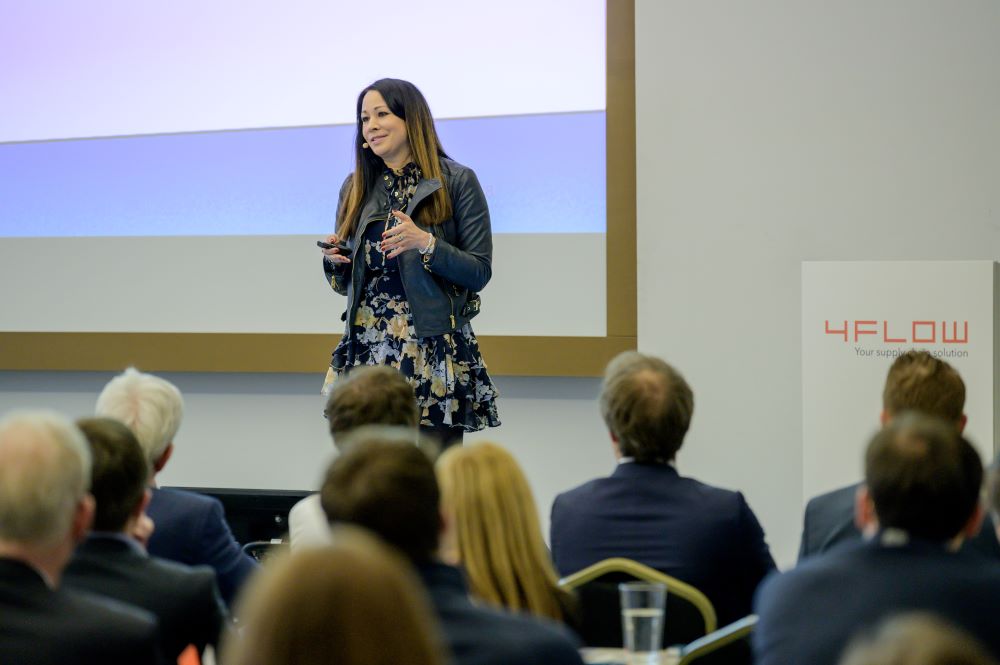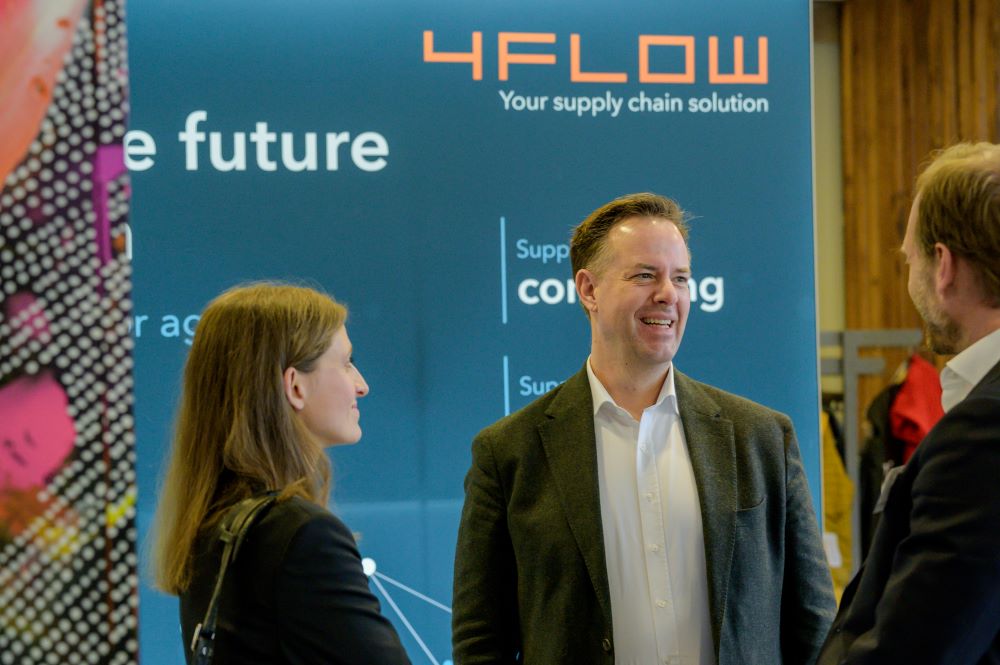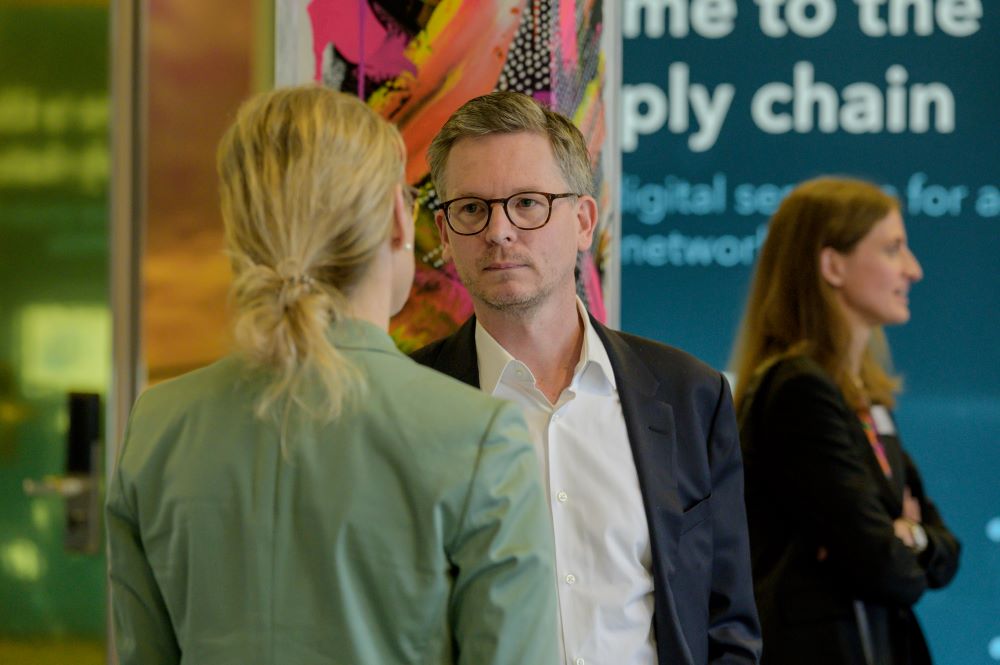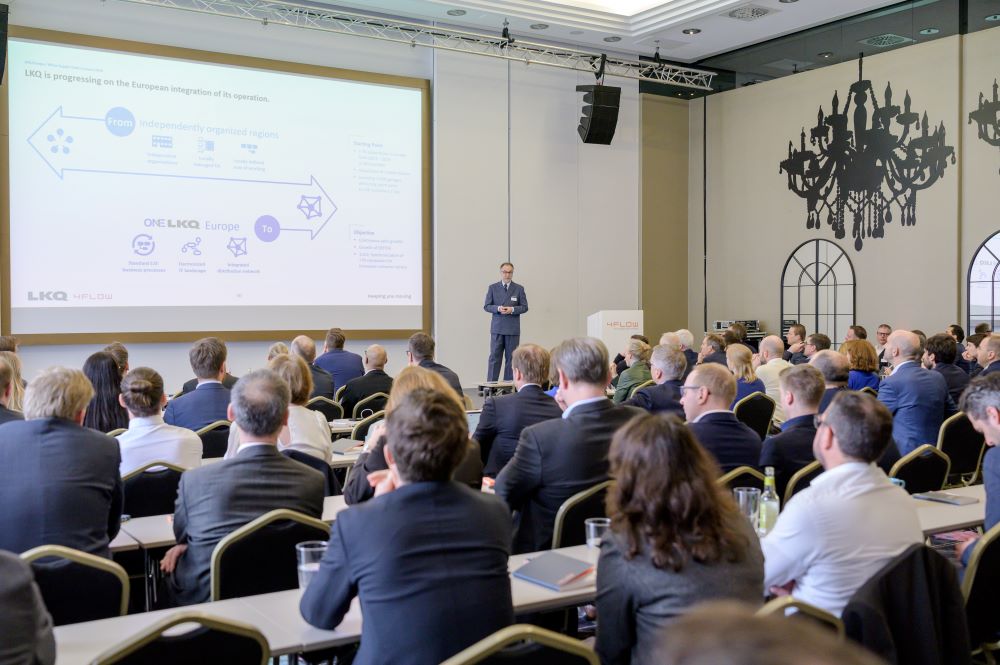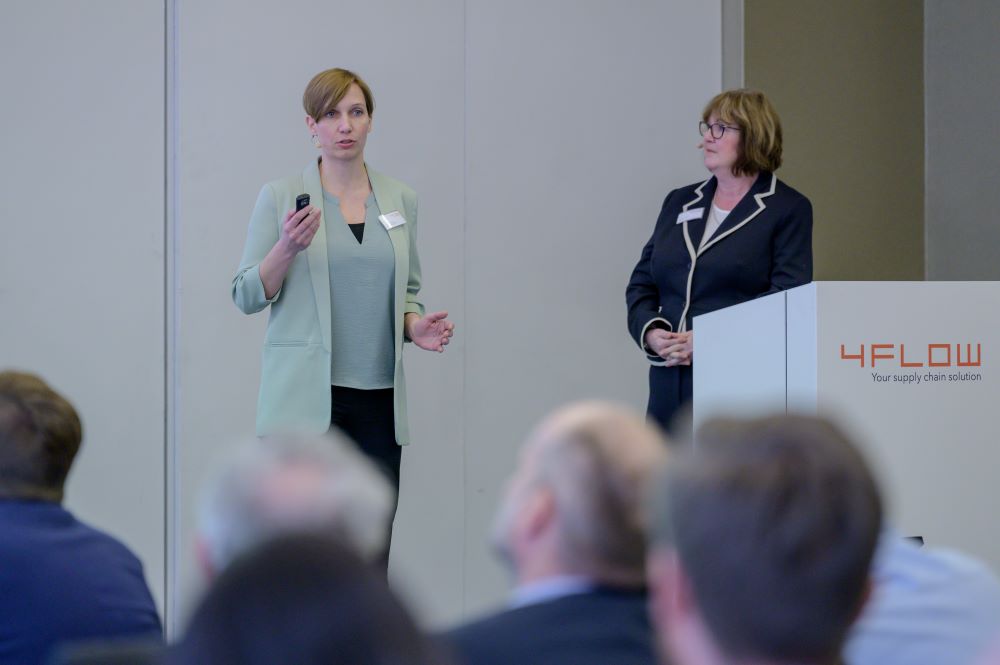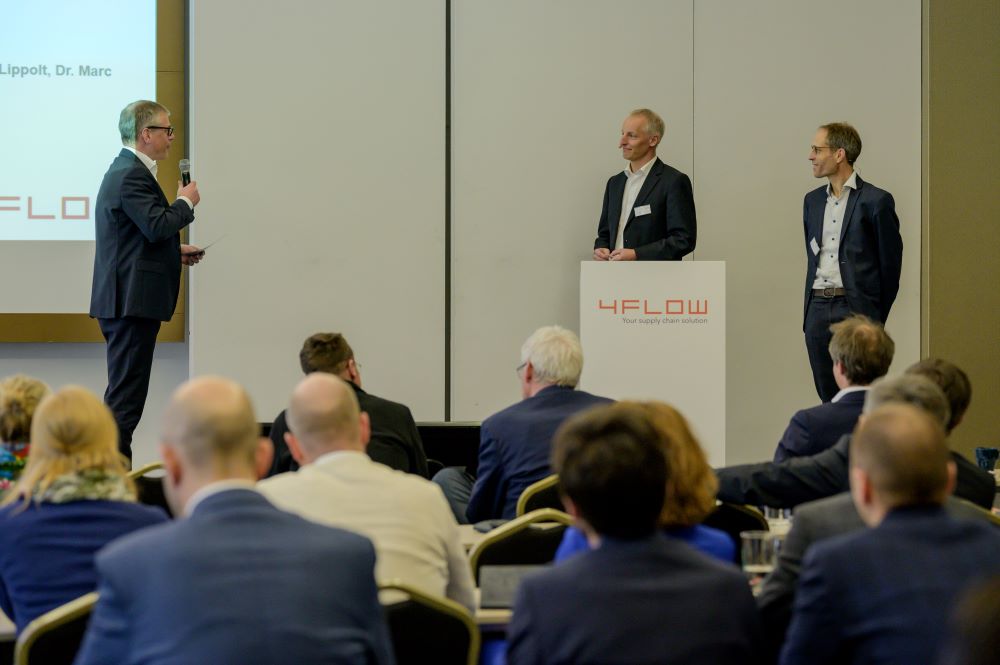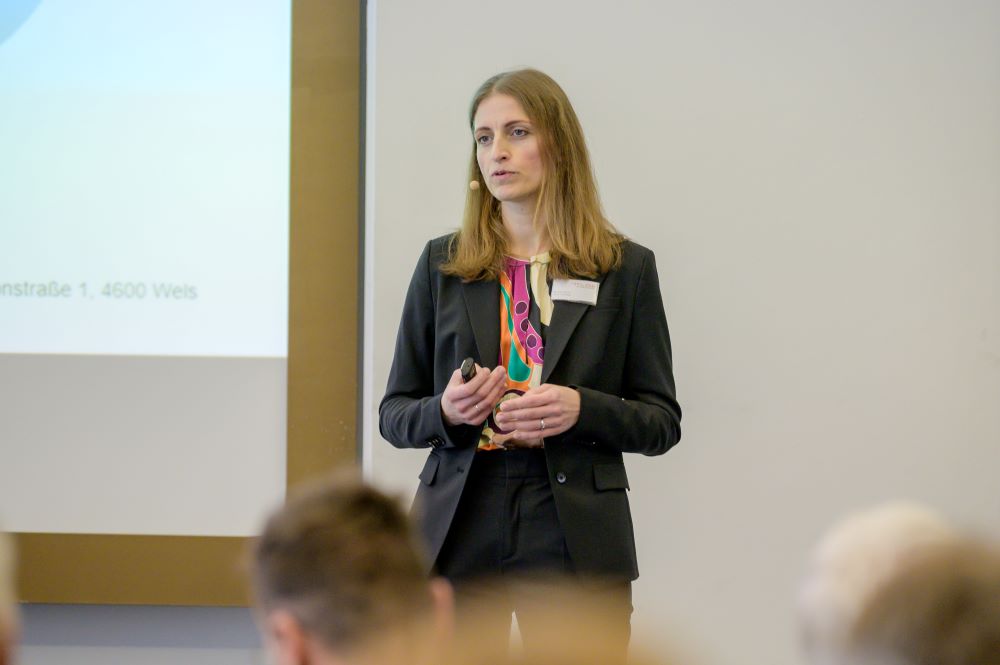In today’s rapidly changing environment, supply chain leaders must adapt quickly to stay ahead. How are successful businesses approaching change? This was the topic of the recent 4flow Supply Chain Connect event, held in Munich, Germany. Supply chain decision makers from LKQ, KTM, IAC Group, Meyer Turku, Yanfeng, Robert Bosch and more got together to discuss recent successes and upcoming challenges. In the process, several key themes and best practices emerged.
Technological development creates challenges and opportunities
Existing business structures were designed for a much more stable world, where efficiency was key, and stability and scalability were requirements for success. Climate change, geopolitics, demographic changes and rapid technological developments have changed this landscape, creating both challenges and opportunities. We now have the chance to transform supply chains with tools and methods not previously available to us.
The future promises more and more AI applications, both in supply chains and other business functions. Continued success will depend on the readiness to adapt to this new technology, while staying in touch with our uniquely human skills. Professor Dr. Yasmin Weiß, who researches AI and the future of work at the Nuremberg Institute of Technology, explains: “Humans who use AI will replace those who don’t. But humans who don’t use their humanity will be replaceable either by technology or humans that do.”

Author
Elizabeth Whitney
Content marketing
4flow
Adopt a beginner’s mindset
AI is here to stay. To adapt and learn quickly, leaders should encourage a mindset shift. Demonstrate a willingness to try new methods, ask questions and take calculated risks. Learn from these experiments, and stick with it to see results.
Lead teams through change
Whether implementing AI solutions, automation technology or planning software, transformation requires more than just adjusting processes. Successful businesses involve their teams in the change and find ways to convince stakeholders with benefits most relevant to them.
Find a balance between local and global solutions
Businesses are going global, while regional legal and economic differences are becoming more pronounced. For global supply chains, it’s essential to strike a balance between global harmonization and local optimization. Best practices include gathering input from different sites and creating standards and templates, while allowing the flexibility to adjust them for local differences.
See sustainability as an opportunity
Emissions reduction is becoming a requirement, but businesses should see sustainability as an opportunity, as well. Through lean management and transportation optimization, for instance, sustainable change makes supply chains more efficient and reduces costs.
Develop maturity step by step with a clear roadmap
Data is key to well-founded supply chain decision making, no matter if the goal is sustainability, cost optimization or supply chain flexibility. In today’s IT landscapes, businesses depend on a range of systems to develop supply chain maturity. When implementing new processes or systems, setting clear goals in the form of a roadmap is a must. Early data management and using data models help speed up the process and let supply chain teams grow familiar with future requirements.
Interested in more insights like this from leading businesses?
Join us for the next 4flow Supply Chain Connect – consumer goods and retail, June 6 in Hamburg, Germany.


